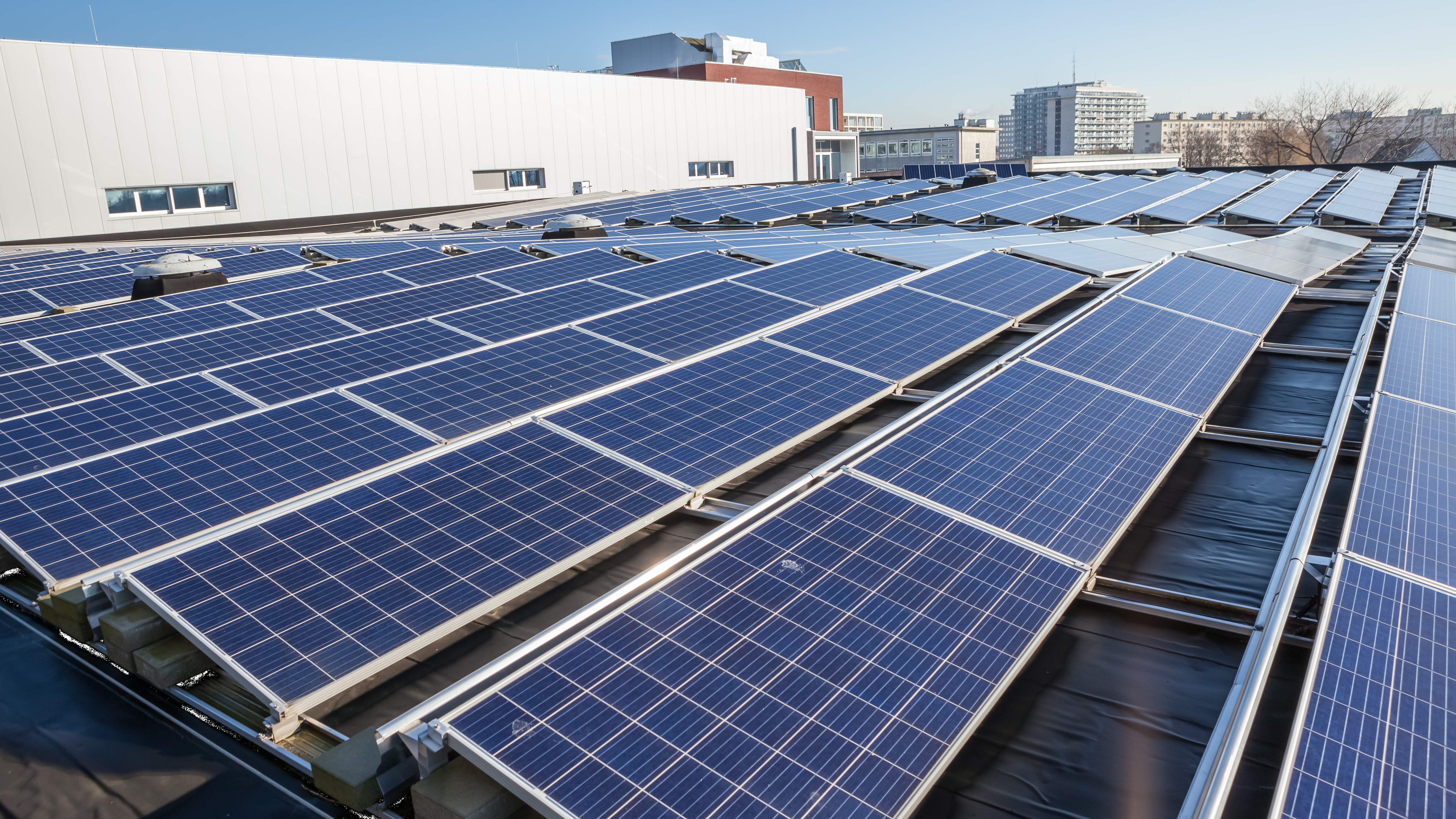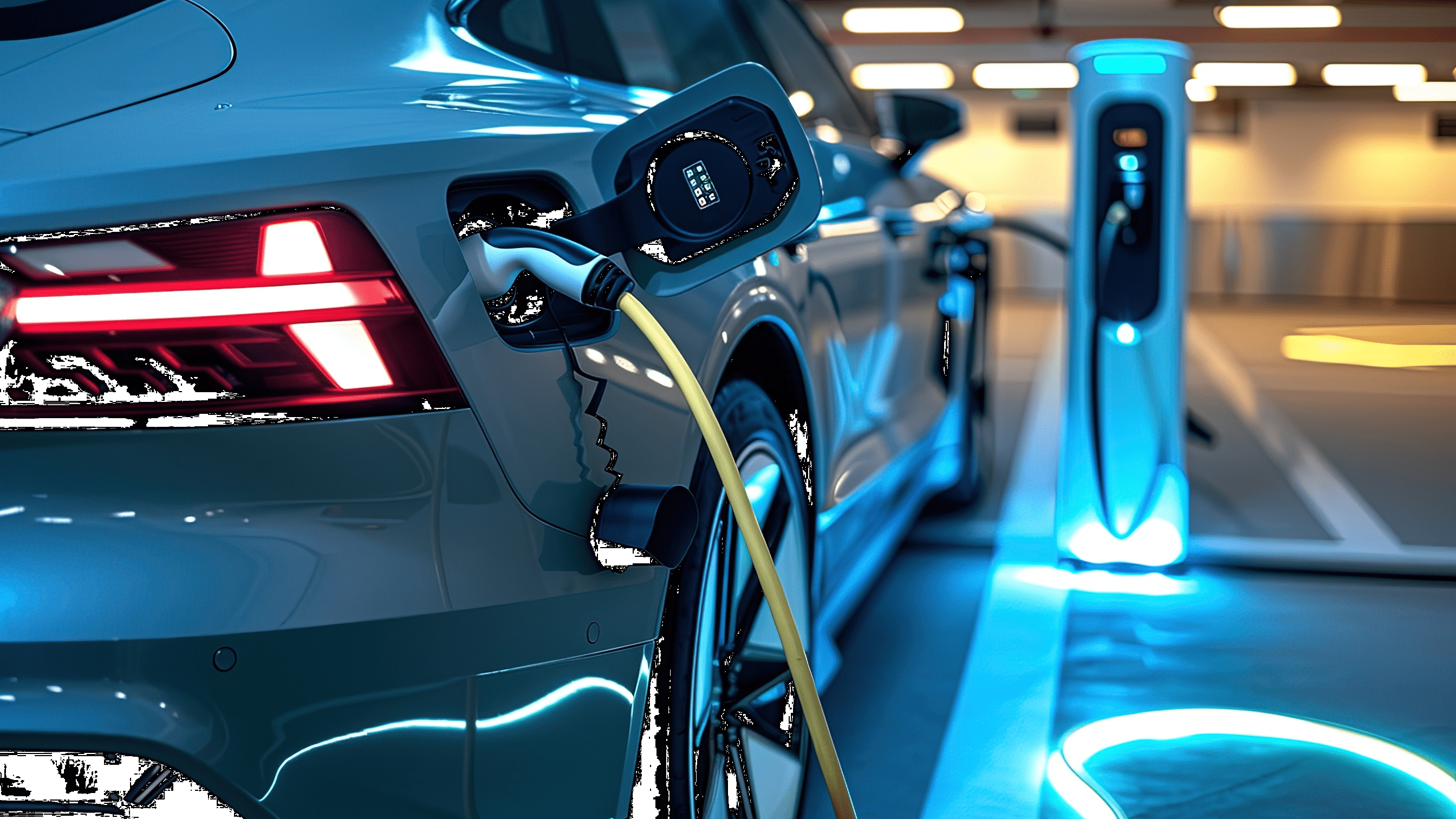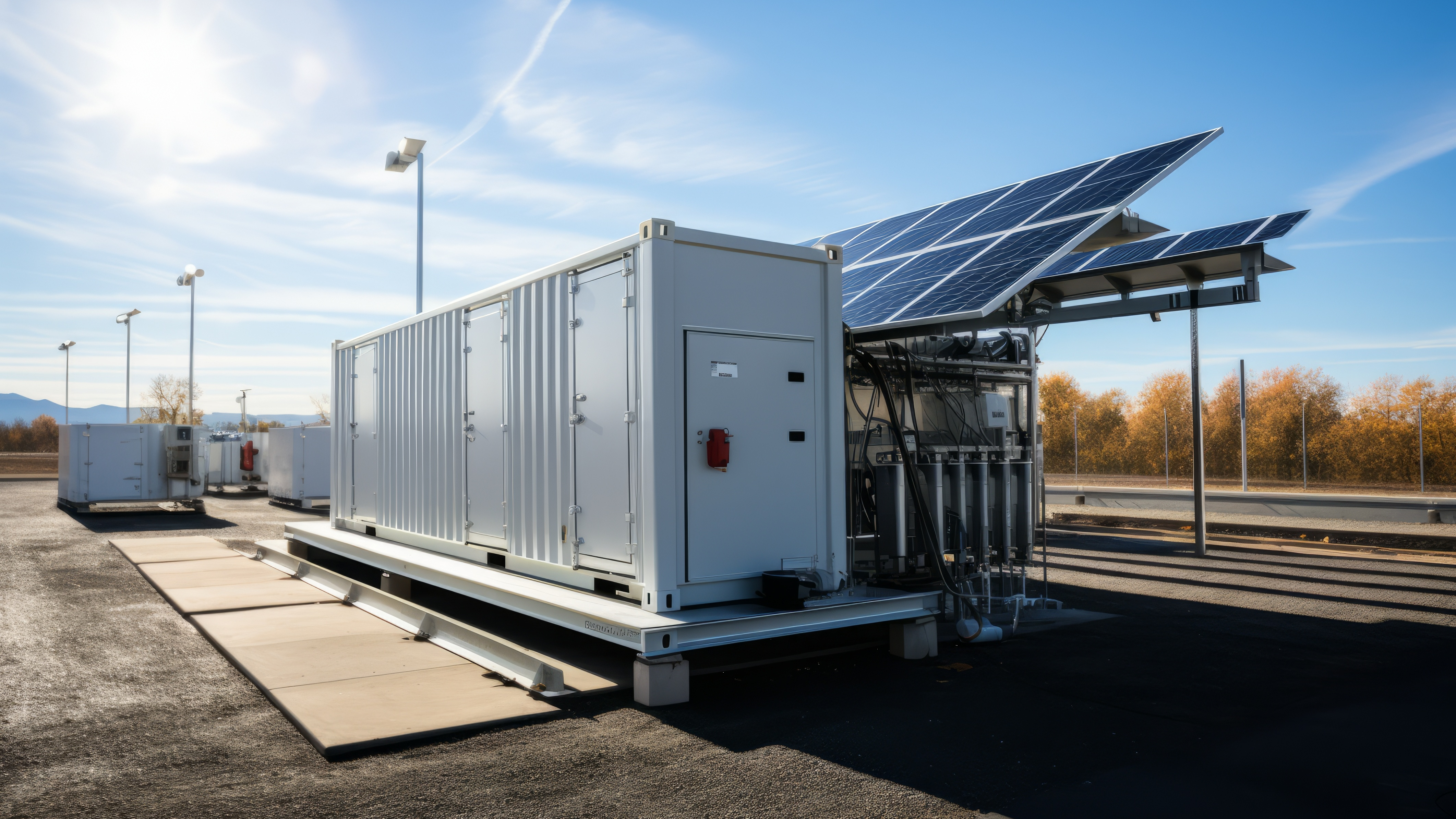SOLAR SOLUTIONS
Harness the Power of the
Sun with Endless Savings
Maximize your savings with available tax incentives, grants, and financing options for solar installations. Our team will guide you through the process to ensure you take advantage of every opportunity to lower your upfront costs.
Tax Incentives
Take advantage of government tax incentives and rebates to invest in solar energy. These incentives can include federal investment tax credits, state and local tax incentives, and renewable energy grants. These financial incentives help offset the upfront costs of installing commercial solar systems, making them affordable for your business.
Meet Sustainability Targets
Adopting commercial solar can align with sustainability goals and corporate social responsibility initiatives. By generating clean, renewable energy on-site, businesses reduce their carbon footprint, minimize environmental impact, and demonstrate a commitment to sustainability.
No Upfront Costs
Many commercial solar providers offer financing options such as power purchase agreements or solar leases, allowing businesses to install solar panels with no upfront capital investment. Instead, they pay for the electricity generated by solar at a fixed rate, often lower than utility rates, over the term of the agreement.
Price Stability
Solar energy offers predictable and stable energy costs over the lifespan of the solar system, providing long-term price stability.
Plus, meet the regulations to future-proof your facility…
Meet the new standards in sustainability
Updating to solar now can help you keep up with the latest energy regulations and standards while avoiding any potential fines, penalties, or legal issues for the organization.
Meet stakeholders sustainability needs
To meet and exceed sustainability standards means your facility is ready for the future, not being held back by outdated technologies.
Improve your ESG rating
The higher the rating, the lower the risk for your organization. Less risk exposure and active risk mitigation are more attractive to risk-averse investors.
Long-term financial gain
Turn fixed costs into expenses of the past and reinvest energy savings back into your company to improve operational efficiency. The opportunity cost of not prioritizing updated lighting today is a less profitable company tomorrow.

SOLAR ROOFING
Solar panel integration directly onto the roof of a building provides both energy generation and protection from the elements. Solar roofing systems can be installed on new constructions or retrofitted onto existing roofs, offering a sustainable way to generate electricity while enhancing the value of the property.

SOLAR EV CHARGING
Electric vehicle (EV) charging stations offer a sustainable way to fuel electric cars. Using electricity generated from solar panels to charge electric vehicles reduces reliance on fossil fuels and lowers greenhouse gas emissions.

BATTERIES & MICROGRIDS
Batteries and microgrid systems complement solar energy by storing excess electricity to use during periods of low sunlight or high energy demand. Microgrids are self-contained energy systems that combine renewable energy sources like solar with batteries and backup generators to provide reliable power to a localized area.
What’s it like to work with us?
Contractors have a bad rap.
So we don’t operate like one.
From audit through implementation, we approach every project as partners.

Communication is kind of our thing
Simple as it sounds: we answer the phone. We call people back. We deal with the little details quickly and over-communicate every step of the way.
Work with a consultant, not a salesman
Our team of energy advisors bring years of experience to the table. We won’t try to sell you on solutions you don’t need. Instead, we’ll work with you to find the areas that will bring the biggest results based on your facility’s needs.
We work around your schedule, not the other way around
At Power of Clean Energy, we understand that every building operates on a different schedule. That’s why we operate around yours. Whether that means starting early, starting late, or starting on Saturday, we’ll work with you to make the experience as seamless as possible.
Frequently asked questions
-
How does solar work?
Solar panels work by capturing sunlight to generate electricity. When sunlight hits the solar panels, solar cells absorb the sunlight and convert it into energy. The electricity produced can power homes, businesses, and even entire communities, providing a clean and renewable source of energy. With advancements in technology, solar power continues to become more efficient and affordable, making it an obvious choice for energy sustainability.
What are the tax incentives?
Federal Income Tax Credit
The Investment Tax Credit (ITC) is currently a 30 percent federal tax credit claimed against the tax liability of commercial investors in solar energy property. The business that installs, develops and/or finances the project claims the ITC. A tax credit is a dollar-for-dollar reduction in the federal income taxes that a company would otherwise pay. The ITC is based on the amount of investment in solar property. The commercial ITC is currently equal to 30% of the basis that is invested in eligible solar property.
Modified Accelerated Cost Recovery System (MACRS)
The U.S. tax code allows for a tax deduction for the recovery of the cost of tangible property over the useful life of the property. The MACRS depreciation is the current depreciation method for most property, including solar photovoltaic systems. Typically, the adjusted basis of a solar PV system after the ITC is depreciated on a 5-year depreciation schedule. As opposed to the ITC, MACRS is a tax deduction rather than a credit.
Inflation Reduction Act (IRA)
In addition to the new CT utility solar programs, the recent changes to the solar tax credit from the Inflation Reduction Act have significantly increased the amount of money you can make from your roof. Whether you pay the electric bill or have tenants that pay the bill, you as the building owner can generate an income from rooftop or ground mounted solar. Notably, the IRA increased the ITC from 26% to 30% and locked it at that rate through 2032. Also, ITC % bonuses are available for brownfield projects, low income housing, projects in distressed communities and various other factors. Our solar experts can walk you through all of the solar options available for your project.
Whare are direct ownership options?
Purchase Outright
A building owner that has upfront capital and the tax liability to utilize the tax incentives may opt to purchase and own the system directly. This involves an upfront investment with a payback on that investment via the tax incentives, tariff income and REC income.
Commercial Property Assessed Clean Energy (CPACE)
A building owner that wishes to preserve their capital may be able to enjoy ownership through a $0 out of pocket loan through the CPACE program. Loan terms can be anywhere from 5 to 20 years and are often cashflow positive from the first year.
What are third-party ownership options?
Power Purchase Agreement (PPA)
A PPA is a third-party ownership model in which a finance company purchases, owns and operates the solar PV system on a building owner’s property and the building owner agrees to purchase the energy produced from the system at a discounted rate. This option is ideal for non-profit and government entities which are not able to use the tax incentives available through direct ownership.
Roof/Property Lease
This is another third-party ownership model in which a finance company purchases, owns and operates the solar PV system. However, under this model, the finance company sells the power produced to the utility company and pays the building owner a lease payment to allow access to the owner’s roof or land. This option is ideal for non-profit building owners which have tenants that pay the electric bill, as the income from the solar PV system does not rely on savings on the bill.
Smart buildings. Smarter savings.
Speak with an Energy Advisor. Not a salesman. You’ll know in 15 minutes if energy upgrades make sense for your facility.
